| Base Material: | FR4 TG170 |
| PCB Thickness: | 1.8+/-10%mm |
| Layer Count: | 8L |
| Copper Thickness: | 1/1/1/1/1/1/1/1 oz |
| Surface Treatment: | ENIG 2U” |
| Solder Mask: | Glossy green |
| Silkscreen: | White |
| Special Process | Buried & Blind vias |
Custom 2-layer PTFE PCB
Shop for high-quality custom 2-layer PTFE PCBs at our factory. We offer superior performance and design flexibility. Order now for affordable prices.
Request a QuotePRODUCTS DETAILS
Hot Products

Multi circuit boards middle TG150 8 layers
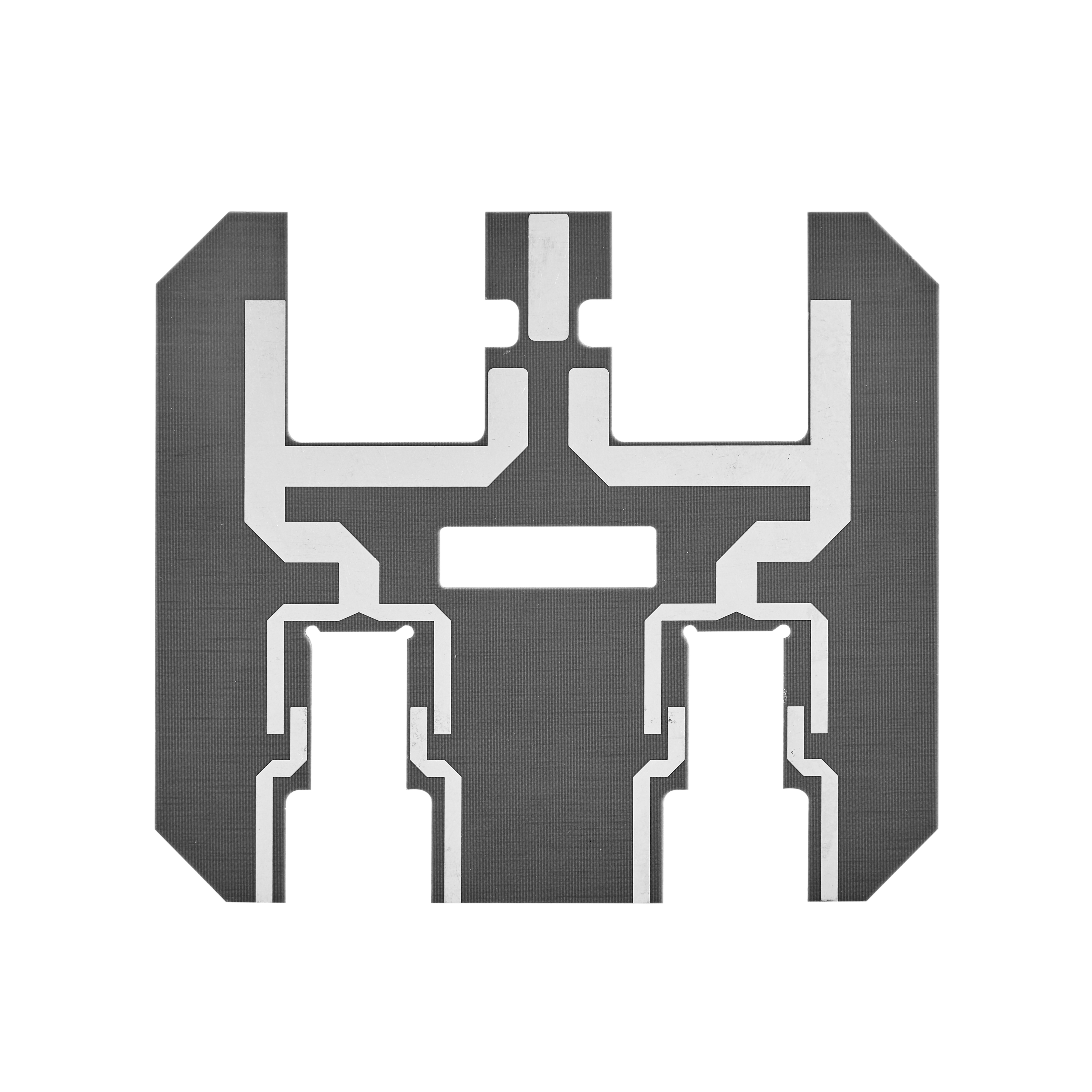
Custom 2-layer PTFE PCB
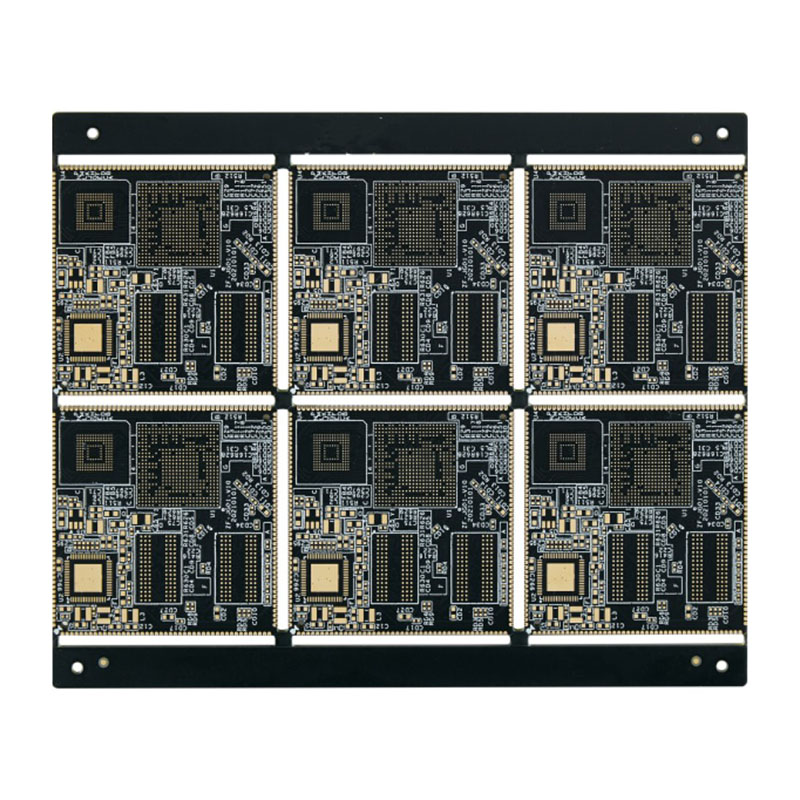
Custom 4-layer Black Soldermask PCB with BGA
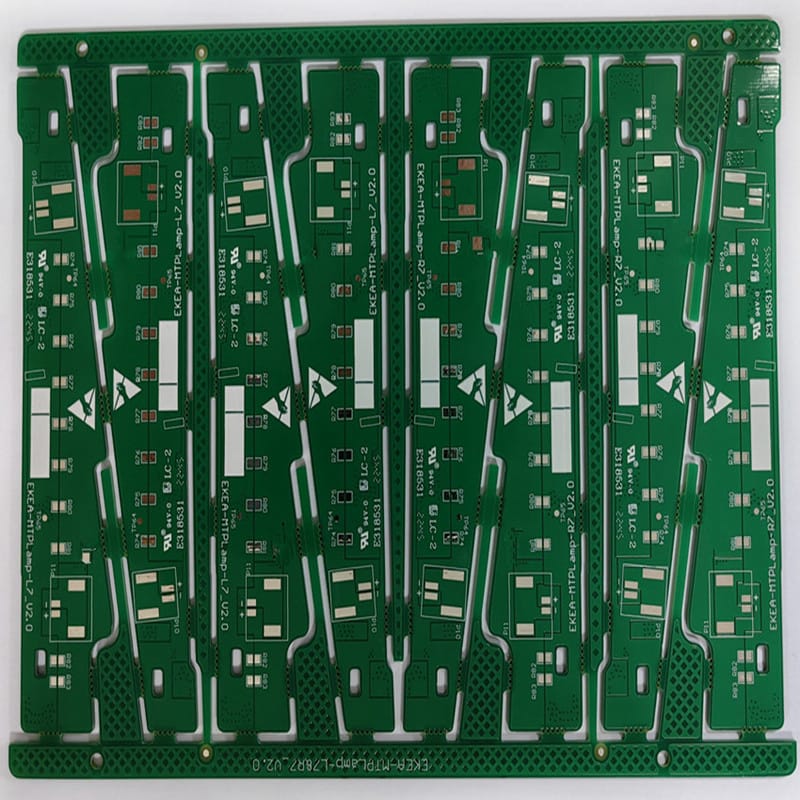
Pcb processing prototype board 94v-0 Halogen-free circuit board
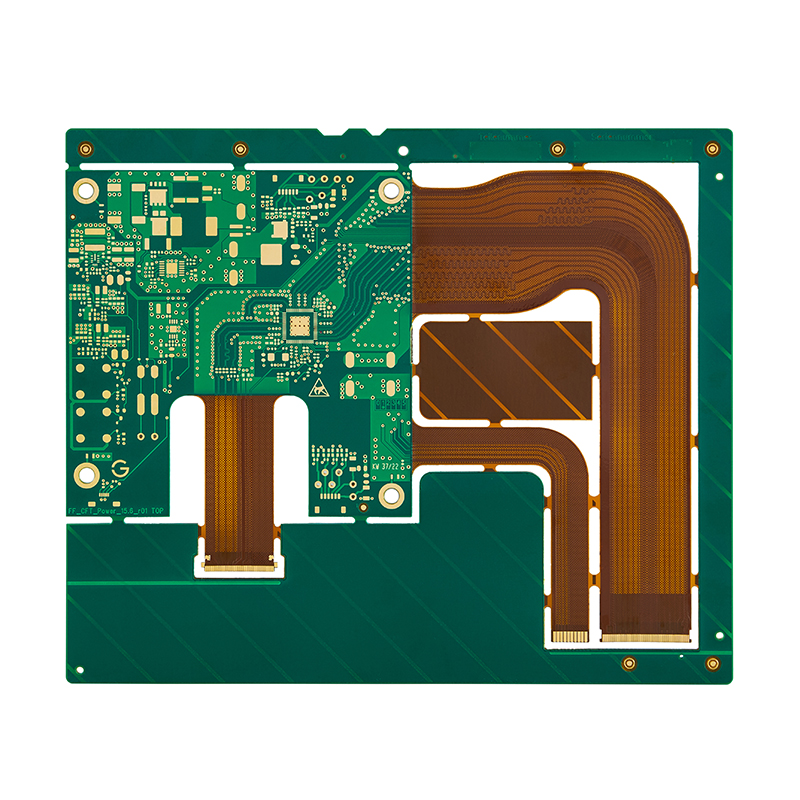
Custom 4-layer rigid flex PCB

Pcb prototype pcb fabrication blue solder mask plated half-holes
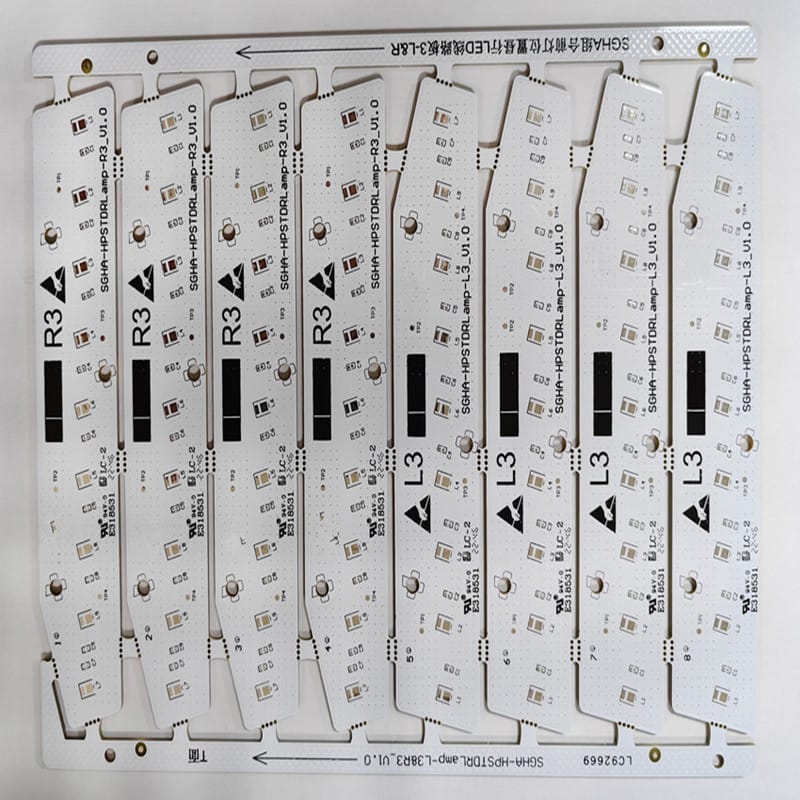
Quick turn pcb surface treatment HASL LF RoHS

Custom 10-layer HDI PCB with heavy gold

Prototype printed circuit boards RED solder mask castellated holes

Printed circuit boards lighting for BYD Electric Vehicles
Contact us
Please feel free to give your inquiry in the form below We will reply you in 24 hours
